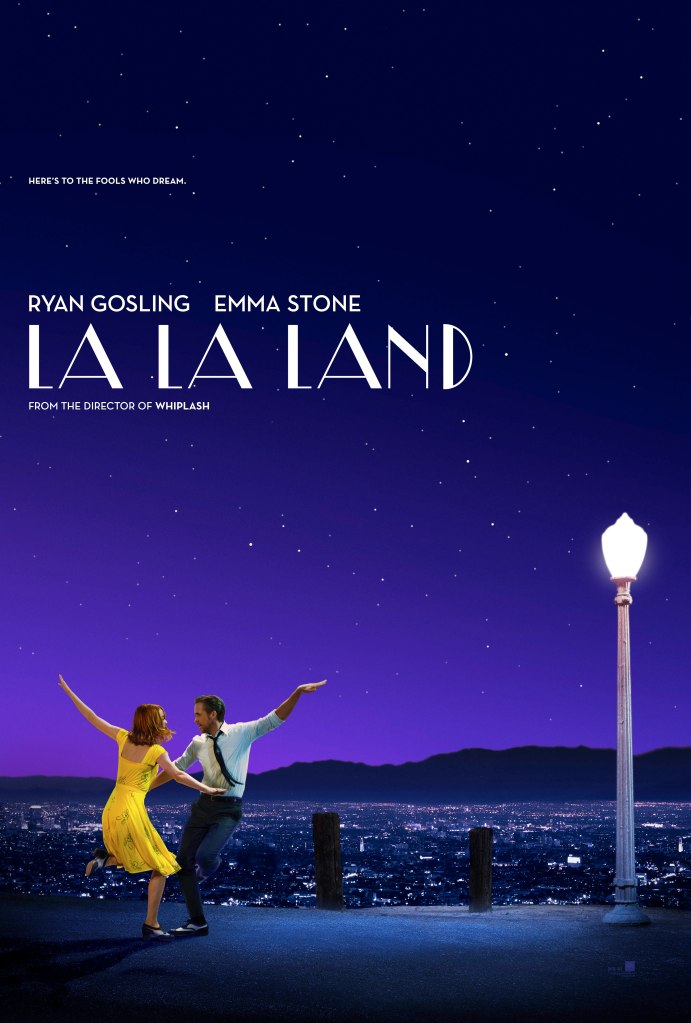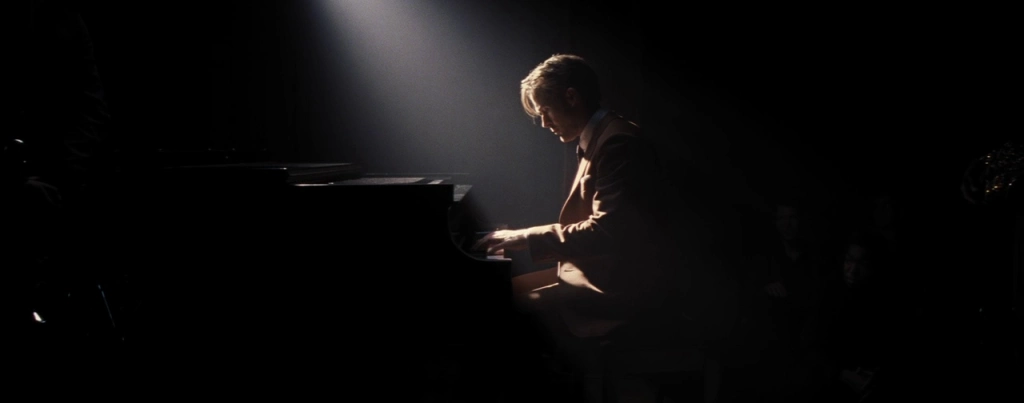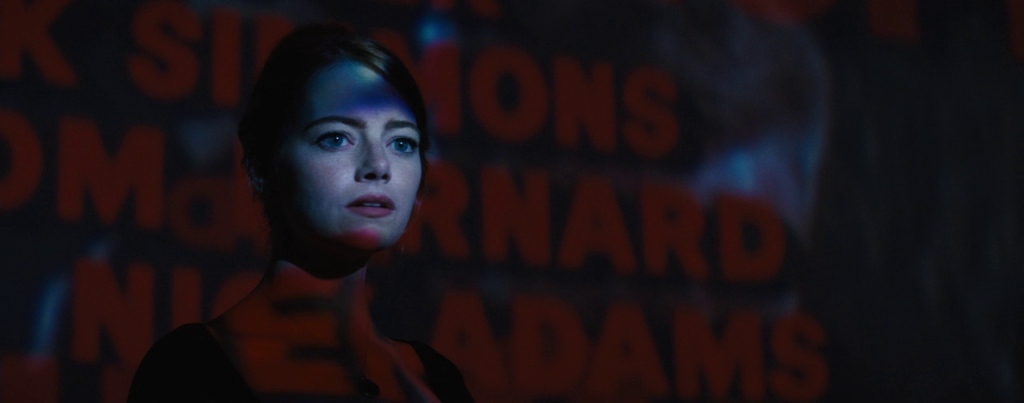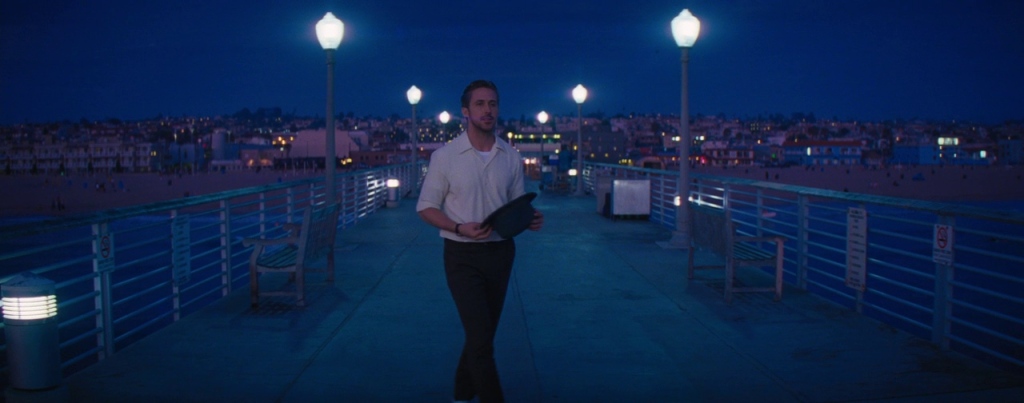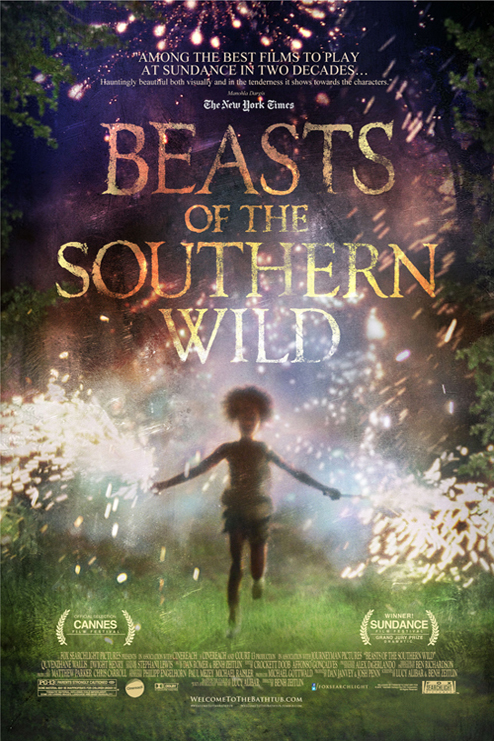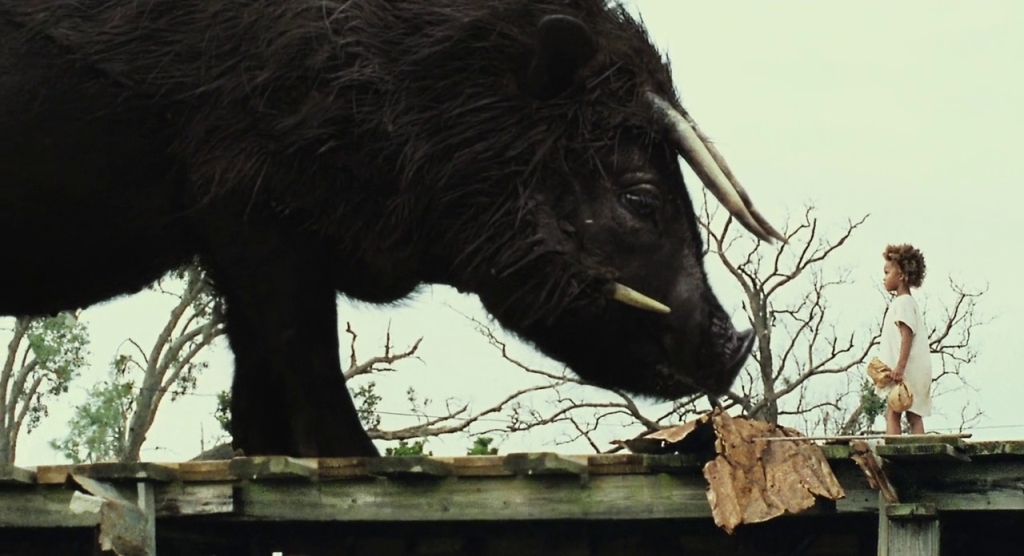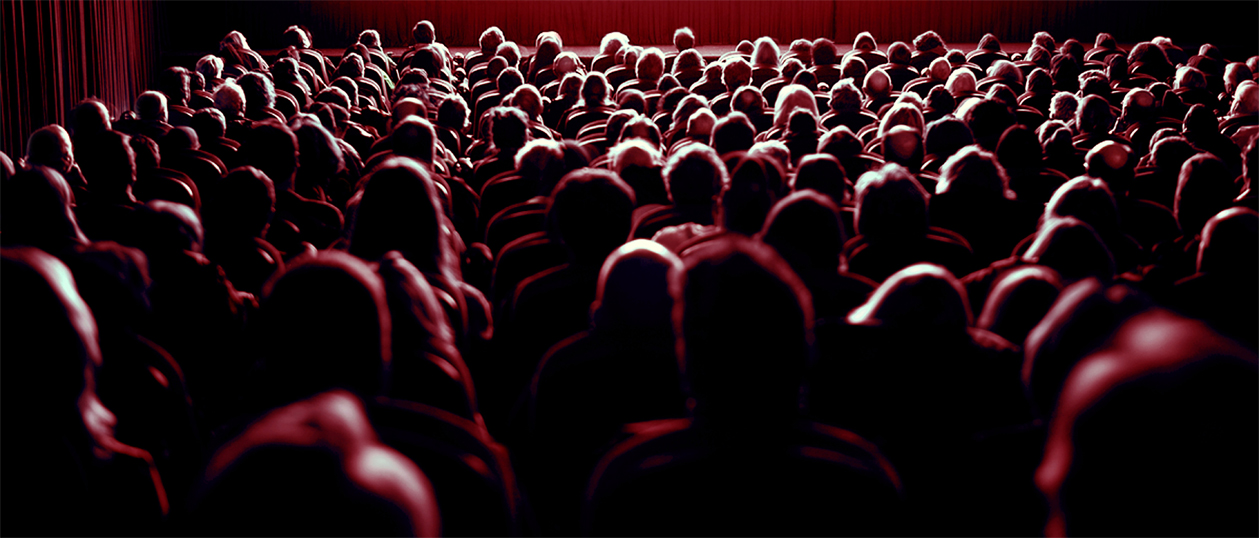How far do your chosen films demonstrate the importance of visual and soundtrack cues in influencing spectator response?
(50 minutes; 40 marks; 11.6% of qualification)
Essay
Spectatorship regards the way viewers make sense of the images on screen and the relationship we have with the films we watch. Two models that identify whether a spectator is passive or active are the Hypodermic Syringe Model which depicts the audience as being passive to what is on screen and the Uses and Gratification Model which states that an audience will actively interpret the film in their own way. According to Stuart Halls’ reception theory, a film only has meaning when it is encoded by an audience but not all members of the audience will encode it in the same way, forming the idea that the same audience can be both passive and active at the same time which is often encouraged by the filmmakers through their use of specific techniques.
Beasts of the Southern Wild is a low budget, independent film financed by Cinereach and Court 13 outside the major Hollywood studios that found success largely through word of mouth. Zeitlin had previously directed short films such as Glory at Sea in 2008 but Beasts of the Southern Wild was the first feature length film he directed and just like his 2008 short film inspired by Hurricane Katrina, he was determined to deliver a message to the audience that focused on environmental issues and make aware the effects on poorer communities.
As an independent film, Beasts of the Southern Wild is more likely to use imagery to create meaning and effect for an audience as the smaller budget of the film results in it being more grounded in reality as elaborate shots couldn’t be utilised, allowing for an audience to empathise with Hushpuppy’s struggles as the camera is positioned from her perspective at eye level rather than other characters such as her more authoritative father. There is also a greater intention to challenge the audience, placing them in the role of an active spectator who according to the Uses and Gratifications Model, interprets the film in their own way and will actively use films for gaining information about the world. Spectators are encouraged to feel empathy for Hushpuppy which has an influence on the their specific interpretation of the film as according to Christopher Metz, identifying with a character on screen brings enjoyment for an audience as the surreal nature of the films, similar to the magical realism element in Beasts of the Southern Wild with the appearance of the aurochs, creates an impossible character for the majority of spectators to mirror and therefore an audience will immerse themselves in the characters world, in turn forming the spectator who actively responds to the harsh visceral imagery they witness on screen. This is most notable during the scene in which Wink is on the verge of death after the community has fled the support centre. In this moment both Hushpuppy and her father look at each other at the same eye level, using close-ups on Hushpuppy with her voiceover gives an insight into how she perceives the world, with spectators responding differently in how they empathise with her. Spectators such as the actor Dwight Henry who played Wink experienced the effects of Hurricane Katrina first hand and therefore would have been able to identify with Hushpuppy’s situation as they have experienced her situation for themselves and can sympathise with her struggles whereas spectators who watch the film as a more mainstream audience thanks to the attention it gained from its numerous awards, witness her struggles from an outsider perspective and empathise with what her reality is like without knowing it themselves.
When interpreting the key message of the film, the preferred reading by a majority of spectators will be based around the premise that climate change has a catastrophic effect on the lives of those living in much poorer communities but by sticking together as a community, these challenges they face can be overcome. However, some spectators might choose to interpret an oppositional reading of the film as they would see the refusal of the community to accept help as being damaging. The preferred reading aligns with Zeitlins indentions for the message of the film as he claims he feels “very strongly about environmental issues” and that he wanted “even people who don’t believe in global warming to watch it”. This resulted in the visual style of the film heavily reflecting the effects of climate change as seen in the editing in the film as in one scene where Wink appear to be having a heart attack, he falls to the ground as the sound of thunder can be heard in the background which is intercut with the image of a falling glacier which for most audiences would be interpreted as two life ending events mirroring each other and if support is provided for one then why not the other. This support that Wink and the community receives after the Bathtub is flooded and their homes destroyed comes in the form of governmental aid as they are taken to a relief centre to help rehabilitate the community. The preferred reading of the communities decision to run away from the support would have been one of encouragement from most spectators as they have witnessed the happiness of the community and the bond they have with each other, actively deciding that there decision to run away is the correct one whereas the oppositional reading by some spectators would have questioned why the community would forgo from support and choose to return to living in poverty, believing that by rejecting the support of the aid provided by government, the right to make criticisms against support provided has been given up. Both these interpretations from spectators might provoke a more negotiated reading of the film as some might choose to believe that the film represents that a sense of community is just as important as the support given by the government and other institutions and that while this could help contribute to the wellbeing of the community, the community’s decision to reject them stems from the belief they are better off without help and support should continued to be provided in case it is necessary in the future.
Some spectators might actively interpret the film to have a feminist reading due to Hushpuppy’s progression as a more authoritative character in the film from the beginning to the end. Despite the film being from her perspective, Hushpuppy’s role in the community in comparison to her father who instructs on how to behave and encourages her to toughen up, repeatedly telling her not to cry while he does the opposite of what he expects her to do such as drinking. Laura Mulvey proposed the idea of the ‘male gaze’ and that films are produced for men and have a patriarchal view of the world where women act passively and male characters are active protagonists. Wink identifies masculine qualities as being more useful than weaker feminine qualities in his daughter which would encourage this feminist reading of the film but some audiences would choose a more negotiated reading of the film as displaying elements of the patriarchy but Hushpuppy overcoming her fear of the aurochs empowers femininity, rather than an oppositional reading that Hushpuppy’s progression from a character that is controlled by her father to independence doesn’t contain feminist interpretation.
La La Land was produced by Summit and was therefore not an independent film, with a large budget of $30 million. Chazelle had previously directed the highly successful 2014 film Whiplash and La La Land shares in the films similar niche of jazz culture. The film shows the relationship between two characters, Seb and Mia whose personal dreams of success bring them together but ultimately tear them apart as Chazelle explores the culture surrounding Hollywood and music in contemporary society with the intention of entertaining its audience which creates passive spectators in accordance with the Hypodermic Syringe Model but also creates active spectators due to the interpretations of the couples relationship and the idea surrounding the American dream.
During the opening sequence of the film it is immediately established to be a musical as the song and dance on the freeway is reminiscent of the typical Hollywood musicals of the 1930s and 1940s. This musical nature of the film results in a majority spectatorship who engage with the film passively in line with the Uses and Gratifications Model as being for entertainment purposes as the audience can appreciate the choreography of the dancers in the ‘Another Day of Sun’ song as the camera travels around the singers, gliding in front of each one and matching their movements to create an almost dream-like sequence. Chazelle doesn’t aim to to create a film with explicit key messages other than the idea of jazz culture but by applying a psychoanalytical theory, audiences can interpret meaning from films that were unintended by the director by exploring the meaning that can be found in the film subtext. The use of filmmaking elements such as sound during the opening sequence of the film establishes the theme of sacrifices in order to achieve success as shown in the lyrics of the song: ‘chasing all the lights that shine, and when they let you down, you’ll get up off the ground’. When the singers return to their cars could be interpreted by some spectators as being symbolic of the aspirations of those in LA but who are frustrated as they struggle towards achieving their goals.
Extending from this interpretation, some spectators might interpret the theme of the American dream throughout the film and the idea that through the hard work in pursuing your dream you can achieve it as seen by the success of Mia in her acting career and Seb’s ambition to open up his own club being realised at the films climax. The films depiction of Mia and Seb’s relationship is also a romantic exploration of the transformative power of love that leaves viewers feeling emotionally uplifted by what they have seen. While this comforting notion might be the preferred reading of the film, an oppositional reading is present as some spectators would find that the relationship was completely unconvincing and that the idea of pursuing the American dream was glorified nonsense and would take no comfort from the film which leads to a more negotiated reading of the film that the spectator is moved by the characters dreams and relationship but doesn’t find it entirely convincing but will still leave the cinema feeling uplifted but not necessarily inspired or changed as a result of watching the film.
Where some spectators might choose to view the film as a celebration of reaching your dream regardless of gender or circumstance, a more oppositional and feminist interpretation of the film and specifically Mia pursuit in relation to Seb’s own pursuit of their dreams would take issue with the representation of gender politics, accusing the film of being a male fantasy about artistic integrity that Mia facilitates. Critics have stated that Mia is a passive character as her decisions are motivated by Seb as he encourages her to put on her show and attend the audition which helps launch her career while she also watches passively at Seb’s performances as he works to chase his own dream. Another view of the film could be that the film is actually shot from Mia’s perspective as expressed by Anna Leszkiewitz as it is initially Seb who seems to be the creative one while Mia recites movie dialogue, but argues her shift from audience to creator celebrates the experience of consuming art, taking inspirations and creating something new which makes her a star in her own right. Indeed, Chazelle does initially begin the film from Mia’s perspective and later shifts to Seb’s before the two first meet and although it is not explicitly shown that the film is from her perspective, an audience can infer this from the positioning of the audience from her perspective by using close-ups as she reacts to Seb and others while more wide shots are used frequently when Seb is performing as if she was a member of the audience like us, relating to the preferred reading of the film that anyone can achieve their dreams.
Both films demonstrate varying uses of filmmaking techniques such as visual cues in order to provoke a spectators response. Beasts of the Southern Wild has a clear message which Zeitlin attempts to get across to the audience, creating active spectators who actively interpret the films themes while La La Land doesn’t have such a strong message which Chazelle attempts to get across to the audience, thereby creating passive spectators but active spectators are still present as although it doesn’t challenge ideas, La La Land still opens up a variety of different opposing readings of the film.
